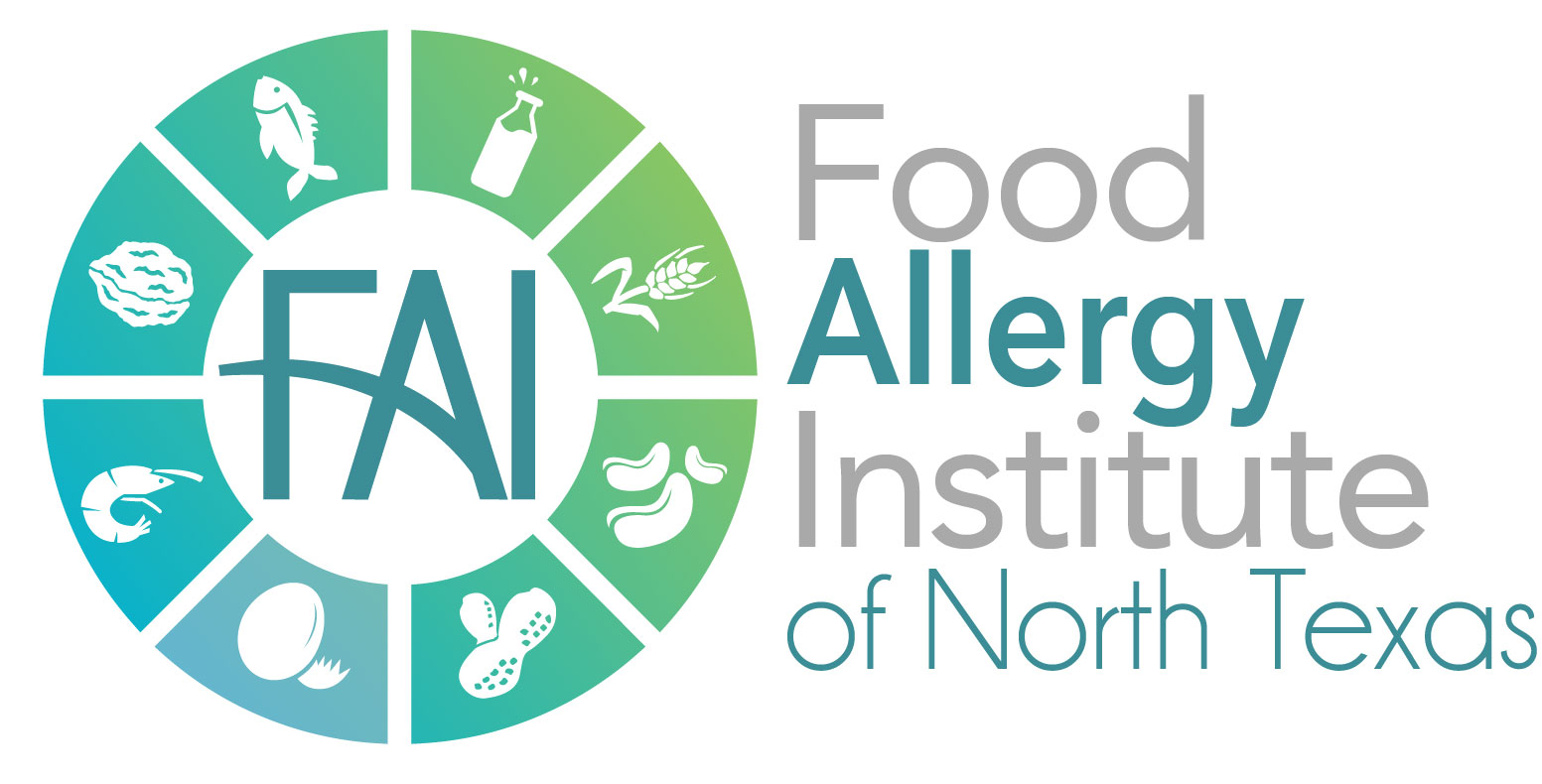21 May UNDERSTANDING LACTOSE INTOLERANCE
Lactose intolerance is one of the most misunderstood and misdiagnosed digestive conditions. The National Institute of Health (NIH) defines lactose intolerance as: “A syndrome of diarrhea, abdominal pain, flatulence, and/or bloating occurring after the ingestion of the milk sugar, lactose.”
Symptoms result from lactose malabsorption, which is a decreased ability to digest lactose due to a deficiency of the enzyme-lactase. Lactase is responsible for breaking down the disaccharide lactose into its constituent monosaccharide’s: glucose and galactose. Lactose is normally digested in the small intestine but when lactose levels are low, lactose is transported intact to the colon where intestinal bacteria ferment the sugars and cause symptoms.
Diagnosing Lactose Intolerance
There is a lot of misunderstanding about the actual diagnosis of lactose intolerance, and as a result, many people self-diagnose. There are a number of individuals who have digestive discomfort after eating and assume they are lactose intolerant. As a result, there can be significant implications of unnecessary long term dairy avoidance. The NIH has identified self-restriction of dairy foods due to self-diagnosis of lactose intolerance as a public health problem. Eliminating this important food group can mean missing out on key nutrients that dairy provides.
The NIH recommends a clinical diagnosis that requires both documented lactose maldigestion as well as the presence of symptoms. Breath analysis testing, which measures hydrogen and methane gases after consuming a specified amount of lactose is one of the few tests available to diagnose intolerance. There are, however, limitations to this type of testing such as: expense, finding a physician to conduct the test, as well as the high potential for inaccurate results. Because of these factors, it is often suggested that people try to cut back and gradually reintroduce dairy foods in small amounts to determine if this helps to relieve symptoms.
Implications of Lactose Intolerance
Individuals with lactose intolerance often cut back on dairy products and most times do not consume sufficient replacements to meet the nutritional needs that this food group offers. Dairy products are rich in: calcium, vitamin D, potassium, riboflavin, vitamin B12, and protein.
As a result, it is important to continue reintroducing dairy products as long as they are tolerated. Although tolerance levels will vary, 12 grams of lactose is generally considered to be well-tolerated by most lactose-intolerant individuals (1 cup of non-fat milk contains approximately 12 grams of lactose).
Alleviating Symptoms
Although no cure exists for lactose intolerance, there are several strategies or interventions that are available.
Reduced-lactose dairy products: There are several products on the market, such as: Lactaid, Horizon Organic, and Dairy Ease lactose-free milk, in which the lactose is predigested. There are also lactose-free ice creams, yogurts, cottage cheeses, and eggnogs that contain between 0-2gm of lactose per serving. Lactase enzyme tablets are also available but their effectiveness is questionable.
Probiotics: Contain microbial or yeast lactase, with some products being more effective than others.
Consume with meals: Greater tolerance with meals, with smaller servings distributed throughout the day.
Include low-lactose cheeses: These include cheddar, Swiss, Colby, Monterey Jack, and mozzarella, which have less than 1 gram of lactose per serving.
Other milks: Chocolate milk may be better tolerated than unflavored milk. Also, fortified soy, almond, and/or rice milks are an option.
Goats’ milk: Both raw milk and goat’s milk have been suggested as dairy alternatives for those with lactose intolerance; however, neither offers a symptom-free alternative. Goat’s milk contains about 9 grams of lactose per cup compared with roughly 12 grams per cup in cow’s milk.
Take supplements: Clients who avoid dairy products completely must replace missing nutrients, especially calcium and vitamin D.
The National Dairy Council offers the following tips for dealing with lactose intolerance:
Try it: opt for lactose-free products
Sip it: introduce dairy slowly
Stir it: mix milk with food
Slice it: choose natural cheeses
Shred it: add hard, natural cheeses to salads, pastas, and veggies
Spoon it: try easy-to-digest yogurt.
For more information and tips on a nutritious low-lactose diet, visit a Registered Dietitian.
References:
Lember, M. Hypolactasia: a common enzyme deficiency leading to lactose malabsorption and intolerance. Pol Arch Med Wewn. 2012; 122 (Suppl) 1); 60-64.
Webb, D. Demystifying Lactose Intolerance-Successful Treatment Begins With An Accurate Diagnosis. Today’s Dietitian. 2012;14(4):14
Lactose intolerance. National Institute of Diabetes and Digestive and Kidney Diseases website. www.niddk.nih.gov/health-information/health-topics/digestive-diseases/lactose-intolerance/pages/facts.aspx. Updated June 4, 2014. Accessed March 2, 2015


